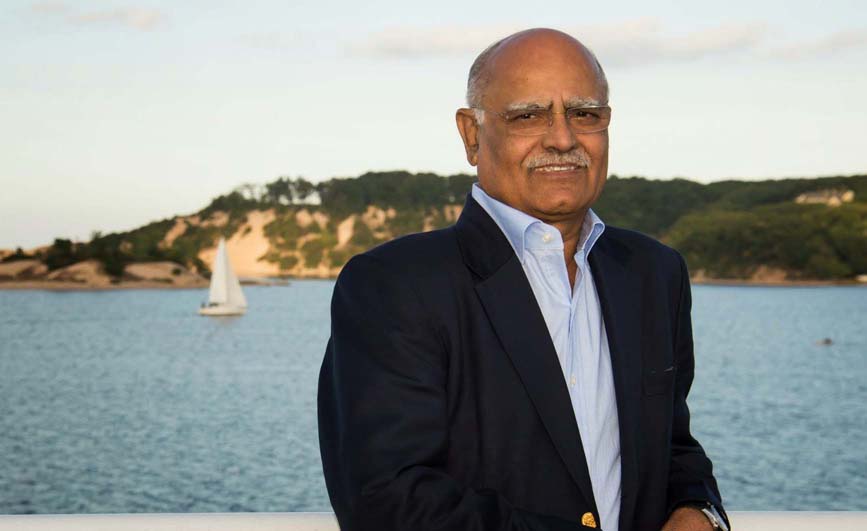 HALF of India has already voted in the two rounds of elections held so far and three more rounds remain. We will have to wait till May 16 — or perhaps considerably longer — to know who our next rulers are. But one thing is certain: this is the dirtiest Lok Sabha campaign ever and the level of debate has alternated between the gutter and the sewer.
HALF of India has already voted in the two rounds of elections held so far and three more rounds remain. We will have to wait till May 16 — or perhaps considerably longer — to know who our next rulers are. But one thing is certain: this is the dirtiest Lok Sabha campaign ever and the level of debate has alternated between the gutter and the sewer. There is more than one reason for this. The first and obvious one is because all parties acknowledge that this election will be among the closest we have had since Indians began electing their rulers in 1952. Nobody is taking anything for granted and everyone is going for everyone else’s jugular. The second is because this is the first “ presidential” style election where the two biggest parties announced their prime ministerial candidates long before the first vote was cast. And the third is that the 15th Lok Sabha poll has become a TV election.
It was the BJP’s LK Advani who set both the style and the pace for this race, taking to the roads and the skies as early as six months ago, criss- crossing the country in chartered jets and choppers and touching down on some of the remotest areas of the country, a TV crew from either a national or regional channel and a handful of print journalists in tow. Not a day goes by without Advani appearing on one of the channels, holding forth from above 40,000 ft in his Hawker Beechcraft executive jet.

Even Manmohan Singh, who is normally publicity shy, is suddenly discovering merits in the media. In his five years as PM, he has addressed just one formal press conference. At other interactions, journalists are carefully chosen and the questioners handpicked. But suddenly, the prime minister is also turning media friendly. His recent heart surgery does not allow him to campaign as much as his managers would have wanted him to. He still travels a lot but, unlike his rival, never takes journalists along on his trips across the country. Though Advani challenged him to a TV debate, the prime minister ducked it and instead takes him on via press briefings and short TV interviews to select channels.
These have been mostly defensive exercises in response to Advani’s pointed attacks. Senior Congress managers then advised him to open up and in the past fortnight, he has really cosied up to the media. He hosted Delhi’s women’s press corps for high tea, invited a few senior editors for an off the record briefing and even hung around with journalists for over an hour at a book release function last week. Not being a man of the masses, he seems to be taking his message to them through the media. His efforts are complimented by Sonia, Rahul and Priyanka. Until about a month back, it was inconceivable that they would be so accessible to the media, but suddenly all three are on all major TV channels and it is not difficult to see why. With crowds staying away from campaign meetings, all of them think the medium is the message. But the low polling — some key constituencies recorded as low as 45 percent — indicates they are vastly overrating the power of the media.











 A and the NDA are separated by only 19 votes. The middle is occupied by that amorphous group called Third Front, populated by provincial pachyderms who think their time has come to be the rulers of India. If they can’t, they will decide who will. It may not be the revenge of the regions but it certainly brings out the less-than-national appeal of the national parties.
A and the NDA are separated by only 19 votes. The middle is occupied by that amorphous group called Third Front, populated by provincial pachyderms who think their time has come to be the rulers of India. If they can’t, they will decide who will. It may not be the revenge of the regions but it certainly brings out the less-than-national appeal of the national parties. 



